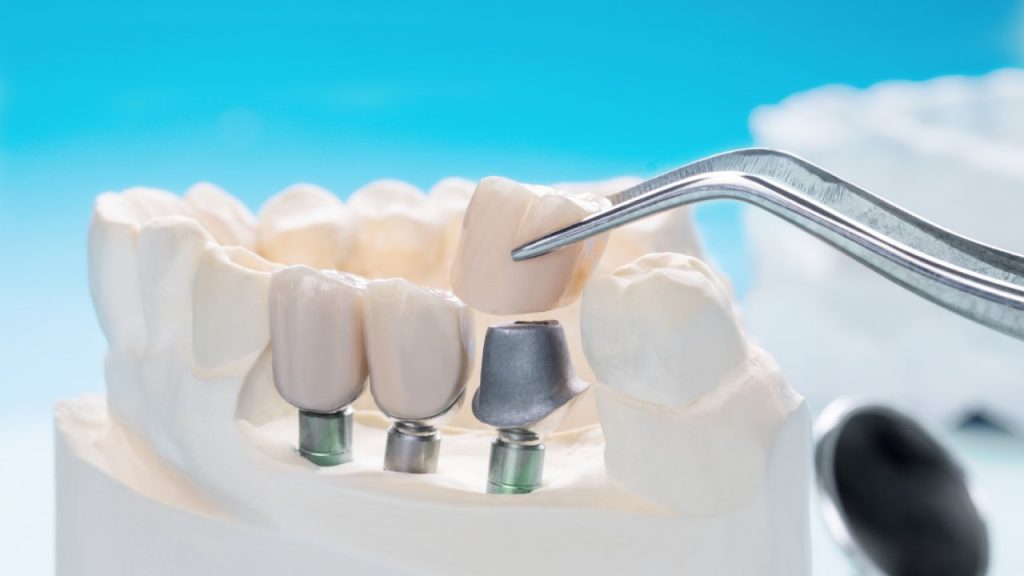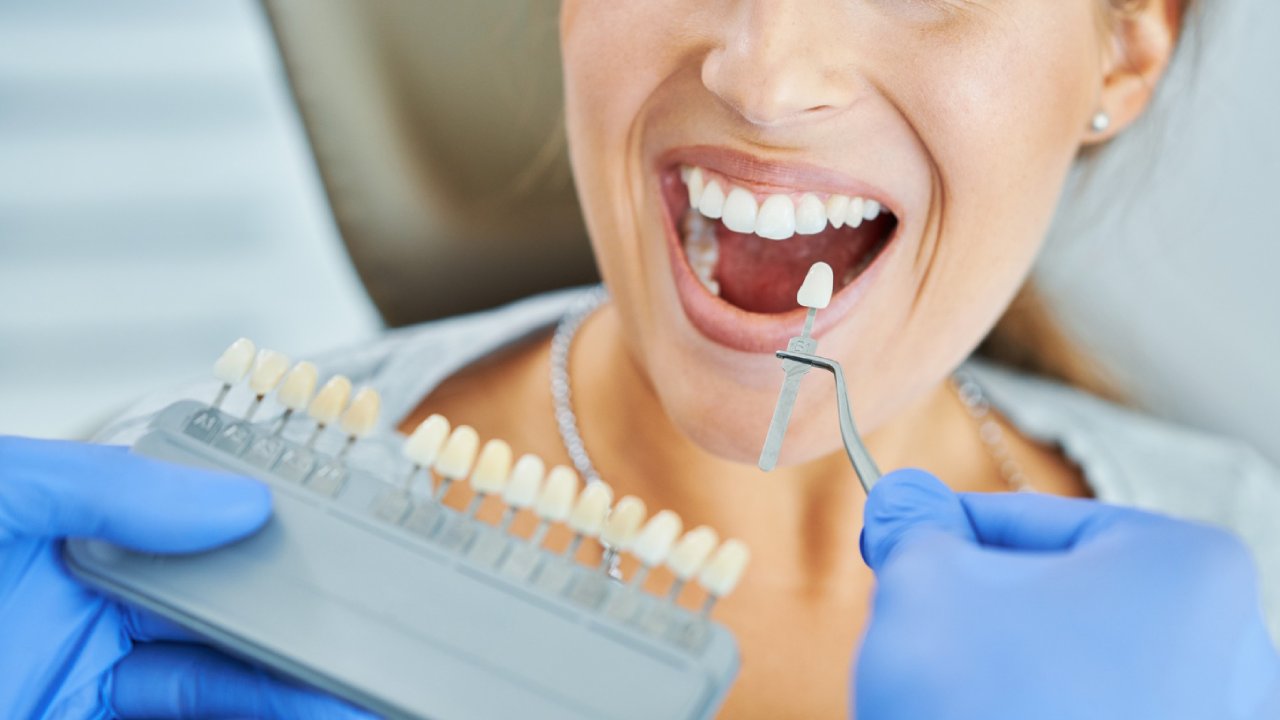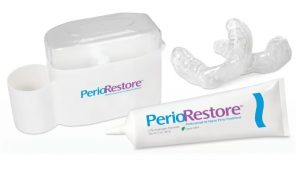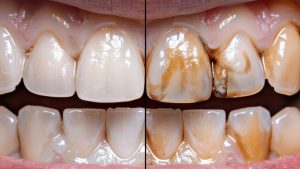Restoring your smile improves both appearance and oral health. If you’re considering cosmetic or restorative dental treatment, veneers and crowns are two widely recommended options. Although they seem similar, each serves a distinct purpose and suits different dental situations.
At MySmile Dental Care in Anaheim, Dr. Mehru Bhatia and her team guide patients through this decision with care and precision. They assess dental conditions, understand patient goals, and suggest the most effective solution for lasting results. Some patients aim to enhance their smile, while others need to protect a damaged tooth. Knowing the difference between veneers and crowns helps you choose the right path.
This article outlines the key differences, advantages, and factors to consider for each option. You’ll gain insights from Anaheim dentists to help you make a confident, informed decision.
What Are Dental Veneers?
Dental veneers are thin custom-made shells that cover the front surface of your teeth. Dentists use them to improve the shape, color, and overall appearance of your smile. Veneers provide a natural-looking enhancement that blends seamlessly with surrounding teeth, making them a popular choice for cosmetic improvements.
Dentists typically craft veneers from porcelain or composite resin. Porcelain veneers are more durable, stain-resistant, and lifelike in appearance. Composite resin veneers, while more affordable, may not last as long and are slightly more prone to staining. The choice of material depends on your budget, aesthetic goals, and oral health condition.
Applying veneers involves minimal preparation. The dentist gently removes a thin layer of enamel from the front of the tooth to ensure a snug fit. After that, they bond the veneer in place using a strong adhesive. This conservative approach preserves most of the natural tooth structure while achieving a noticeable transformation.
Dentists commonly recommend veneers for:
- Discoloration that does not respond well to teeth whitening treatments
- Chipped or worn teeth that affect the appearance of the smile
- Mild misalignment or gaps between teeth that do not require orthodontic correction
Veneers offer a quick and long-lasting way to upgrade your smile with minimal disruption to your natural teeth.
What Are Dental Crowns?
Dental crowns are tooth-shaped caps that fully cover a damaged or weakened tooth to restore its shape, strength, and function. Unlike veneers, which only cover the front surface, crowns encase the entire visible part of the tooth, providing comprehensive protection and support.
Dentists create crowns using a variety of materials, including porcelain, ceramic, metal alloys, and zirconia. Porcelain and ceramic crowns offer excellent aesthetics that closely match natural teeth, making them ideal for front teeth.
Metal crowns, including gold alloys, provide exceptional strength and durability, often preferred for back teeth that endure heavy chewing forces. Zirconia crowns combine both strength and a natural appearance, making them a popular modern choice.
The crown procedure involves reshaping the affected tooth by removing a significant portion of its outer structure to allow the crown to fit properly. After preparing the tooth, the dentist takes impressions and fits a temporary crown while the permanent one is fabricated. During a follow-up visit, the permanent crown is cemented securely in place, restoring both function and appearance.
Dentists typically recommend crowns in these scenarios:
- Severe decay that compromises the tooth’s structure and cannot be restored with fillings alone
- Cracked or broken teeth, where crowns help protect the tooth and fix a cracked tooth by providing strength and stability
- Root canal-treated teeth, which become more fragile and benefit from full coverage to protect against fracture
Crowns provide durable and long-lasting solutions for teeth that need both restorative care and cosmetic improvement.
Key Differences Between Veneers and Crowns

Veneers and crowns may seem similar but serve very different purposes in dental care. Veneers cover only the front surface of the tooth and require minimal enamel removal, making them a more conservative option focused primarily on cosmetic improvement. Crowns, on the other hand, cover the entire tooth and involve significant reshaping to protect and restore function to damaged teeth.
| Feature | Veneers | Crowns |
| Coverage | Front surface | Full tooth |
| Tooth prep | Minimal | Significant |
| Durability | Moderate | High |
| Function | Cosmetic | Cosmetic + restorative |
| Cost | Moderate to high | Higher (varies by material) |
Patients at MySmile Dental Care in Anaheim often face this choice. For example, one patient came in seeking to improve the appearance of slightly discolored and chipped front teeth; veneers provided a quick, natural-looking solution without altering the tooth’s core structure.
Another patient needed to fix a severely cracked molar with extensive decay; in this case, a crown offered the necessary strength and protection to preserve the tooth and restore chewing ability.
In summary, veneers work best for enhancing the appearance of healthy teeth with minor imperfections, while crowns serve both cosmetic and restorative roles for teeth that require more substantial support.
Pros and Cons
Veneers
Veneers offer excellent aesthetic enhancement, providing a bright and natural-looking smile with minimal alteration to the natural tooth. Their conservative approach means dentists remove only a thin layer of enamel, preserving most of the tooth’s original structure.
This makes veneers a popular choice for patients focused primarily on cosmetic improvements. However, veneers are less durable under heavy biting or grinding forces and are not suitable for teeth with significant decay or structural damage.
Pros:
- Enhance appearance with a natural, attractive finish
- Preserve most of the natural tooth structure
- Quick treatment with minimal discomfort
Cons:
- Can chip or crack under strong pressure
- Not recommended for teeth with decay or large fillings
Crowns
Crowns provide strong protection and restoration for teeth that have suffered decay, cracks, or undergone root canal treatment. By covering the entire tooth, crowns reinforce its structure and restore full function, making them ideal for compromised teeth.
The procedure is more invasive since it requires substantial tooth reshaping, and crowns often cost more than veneers, depending on the material used. Despite these factors, crowns offer long-lasting durability and comprehensive dental care. After getting crowns, dentists often advise patients to avoid certain foods to maintain their restoration and overall oral health.
Pros:
- Provides durable protection and restores function
- Suitable for severely damaged or decayed teeth
- Helps prevent further tooth fracture
Cons:
- Requires significant removal of natural tooth material
- Generally higher cost compared to veneers
- Longer treatment time due to preparation and fitting
Procedure Timeline & Aftercare
Veneers typically require two dental visits. During the first appointment, the dentist prepares your teeth by removing a thin layer of enamel and takes impressions to create custom veneers. At the second visit, the veneers are bonded securely to your teeth. Patients may experience mild sensitivity during and shortly after the procedure, but this usually subsides quickly.
Crowns generally take two to three visits to complete. The first visit involves reshaping the affected tooth and placing a temporary crown to protect it while the permanent crown is crafted. During the second visit, the dentist fits and cements the permanent crown in place. Occasionally, a third visit may be necessary to adjust the fit or bite for optimal comfort.
Aftercare for both veneers and crowns is essential to maintain their longevity and your oral health. Practice good hygiene by brushing twice daily and flossing regularly to prevent plaque buildup around the restorations. Avoid biting into hard foods like ice or hard candy, which can damage veneers or crowns. Additionally, attend regular dental checkups so your dentist can monitor the condition of your restorations and address any issues early.
Conclusion
We hope this article helped you understand the differences between veneers and crowns. If you’re still unsure, the best next step is to contact your dental office nearby and explore the options together. Your smile deserves the right care, and a professional can help you find the treatment that’s best for you.








